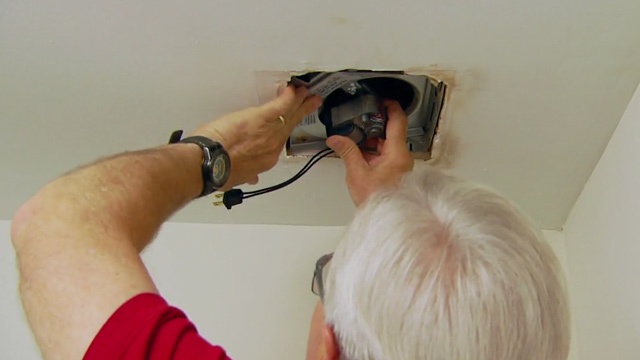Our exhaust fans should have the capacity and performance to expel air properly and completely. In this case, we should choose the right kind of fan for our requirements. The location of the room has an impact on the size of exhaust of fan that we should choose. Kitchen has more particulates than bathroom and it requires a bigger and more powerful fan. A standard bedroom in our house may not need a big exhaust fan if there’s no significant activity inside. When installing exhaust fan in kitchen, we should consider the size of kitchen and the amount of cooking process is performed. In a large house with many family members, there could be a more intensive cooking process and this requires a bigger exhaust fan.
This also applies with the bathroom and we need to measure the dimension, its height, width and length. This should allow us to calculate the volume of empty space in the bathroom. Again, if the shower stall is used quite frequently with hot water used almost every time, we should make sure to install a reliable exhaust fan that can expel plenty of moist air. It means that the fan could withstand extreme exposure to highly humid air without breaking down. An even more powerful exhaust fan may be needed if there’s a whirlpool tub in our bathroom. If our bathroom is larger than 100 sq. feet and has shower and toilets, we should make sure that the exhaust fan is sufficiently large and powerful.
Ducting allows us to install a smaller exhaust fan because the stale or humid air directed through a small, enclosed pathway towards the exterior. However, we should consider the static pressure inside the ducting system. Inside a duct, there’s a constant air pressure and when a stale air is pushed or pulled through it, the existing air inside the duct will resist the action. We should make sure that the exhaust fan is strong enough to overcome the existing air pressure inside the duct. The amount of static pressure is larger when the duct is longer. The diameter of the duct also determines the value of static pressure. The static pressure inside a duct could also be determined by the number of turns, angle of turns and material of the duct. Rigid metal duct has lower static pressure, while more flexible duct has higher static pressure. In order to reduce the static pressure, distance between each turn should be no closer than 15 feet. We should ask professional exhaust fan technicians to determine the proper size of exhaust fans depending on the size of our ducts.


Leave a Reply